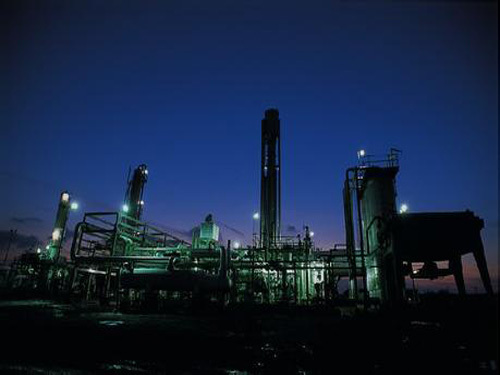
(1) Raw coal As of the end of 2011, the proven reserves of raw coal in the world were 861.53 billion tons, with a per capita of 123.5 tons and a storage-production ratio of more than 100. Compared with the end of 2010, the proven reserves of raw coal in the world at the end of 2011 increased slightly by 1%. The top five countries in the world's proven coal reserves are the United States, Russia, China, Australia, and India, which collectively account for 72.44% of the world's total.
The concept of “storage/production ratio†appears here. “Storage/production ratio†refers to the number of years remaining at the end of the year, divided by the current year's production to obtain the remaining reserves. To put it another way, it refers to the ratio of the remaining recoverable reserves of certain fossil energy sources at the end of last year to the recoveries of the previous year. In general, it can roughly reflect how many years a certain fossil energy can be reused according to the current mining rhythm. As new exploration discoveries are made every year, reserves may increase continuously, so the storage/production ratio will remain stable or even increase.
(B) Crude oil As of the end of 2011, the world's proven reserves of crude oil was 233.5 billion tons, with a storage and production ratio of 56 and a per capita reserve of 33.8 tons. After the oil crisis of the 1970s, the “spiking theory†of oil was very rampant, but now people's attention has declined. Compared with 20 years ago, global oil reserves increased by about 60%, and production increased by about 25%. The top five countries in the world in proven reserves of crude oil were Venezuela, Saudi Arabia, Canada, Iran, and Iraq, which together accounted for 63.19% of the world's total. China's proven reserves of crude oil are 2.4 billion tons, accounting for only 1.0% of the world total.
According to the US Energy Information Administration's 2013 assessment data, shale oil technology can be exploited 345 billion barrels worldwide, and shale oil accounts for about 10% of total crude oil resources. In 2013, the top 10 countries in the world for shale oil resource technology development were Russia, the United States, China, Argentina, Libya, Australia, Venezuela, Mexico, Pakistan, and Canada.
(III) Natural Gas As of the end of 2011, the world's proven natural gas reserves were 209.7 trillion m3, and the ratio between storage and production was 60, and the per capita reserves were 26,900 m3. Compared with 2010, the world's proven natural gas reserves increased by 3%. The top five countries in the world's proven natural gas reserves are Russia, Iran, Qatar, Turkmenistan, and Saudi Arabia, which together account for 66.74% of the world total. China's proven natural gas reserves are 3.1 trillion m3, accounting for only 1.7% of the world total.
Global shale gas technology can develop 7299 trillion cubic meters, and shale gas accounts for 32% of natural gas resources. In 2012, the world's top 10 countries for shale gas resource technology development were China, Argentina, Algeria, the United States, Canada, Mexico, Australia, South Africa, Russia and Brazil.
(IV) Combustible ice It is estimated that the global flammable ice reserves are two times the sum of the existing natural gas and oil reserves, and the area of ​​flammable ice in the seabed area alone reaches 40 million km2, accounting for 1/4 of the total area of ​​the Earth’s oceans. As many as 116 flammable ice areas have been discovered in the world, with broad development prospects. The amount of flammable ice resources in the South China Sea is approximately 100 billion tons of standard coal, equivalent to approximately 1/2 of China's total land-based oil and natural gas resources, and the Qinghai-Tibet Plateau has more than 50 billion tons of standard coal. At present, flammable ice is still in the stage of resource investigation and technology research and development. There is still a long distance from commercialization and it is an important strategic reserve resource. In March 2013, the Japanese government announced the successful separation of methane gas from flammable ice contained in the offshore formations of Japan, and thus became the first country in the world to master submarine flammable ice mining technology.
| About Copper Bar |
Construction field, ships building industry, petroleum & chemical industries,
war and electricity industries, food processing and medical industry, boiler heat exchange, machinery and hardware fields. Stainless
steel pipe can be made according to the customers requirements.
Standard export seaworthy or as per customers' requirement

|
Machine for Quality. |
We have imported machine for protecting the quality of products.

Copper Bar
Copper Bar,Flat Copper Bar,Oxygen Free Copper Bar,Electrical Application Copper Bar Flat
HENAN HUAYANG ELECTRICAL TECHNOLOGY GROUP CO.,LTD , https://www.huaonwire.com